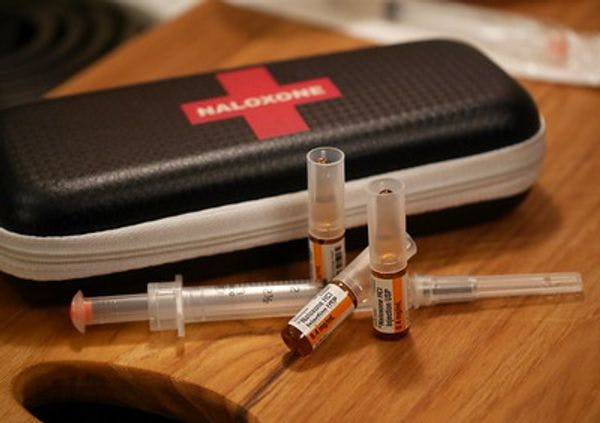Flickr, (CC BY 2.0), Jeff Anderson
L’Estonie : La capitale européenne des overdoses
La probabilité de décéder d’une overdose est six fois plus élevée en Estonie que la moyenne européenne. Pour en savoir plus, en anglais, veuillez lire les informations ci-dessous.
By The Economist
ESTONIA HAS a lot going for it. The tiny Baltic state of 1.3m people has been touted as the most advanced digital society in the world; it boasts an adult literacy rate of 99.8%; it is sporty too, with more Olympic medals per person than any country bar neighbouring Finland. But Estonia also comes top in another, less cheerful statistic: a higher proportion of its citizens die from drug overdoses than in any other European country. Illegally acquired prescription drugs—chiefly fentanyl and other opioids—are the principal cause of these deaths.
According to the latest European Drug Report, published by the European Monitoring Centre for Drugs and Drug Addiction, an EU agency, Estonia suffered 110 drug-induced deaths in 2017 (the most recent data available), equivalent to 130 deaths for every 1m people aged 15 to 64. Sweden and Norway came second and third, with 92 and 74 deaths per million, respectively. The average was 23 across the EU, which means that Estonians are nearly six times as likely to die from drug overdoses as their European counterparts. (America’s opioid blight is far worse even than Estonia’s: its toll was 210 per million; in Scotland the figure is estimated at 218 per million.)
Estonia’s drug of choice, fentanyl, is a synthetic opioid, typically used to treat cancer patients suffering from severe pain. It is 50 to 100 times stronger than morphine. It is also cheap. The drug costs less to make, distribute—and thus buy—than heroin. Frequently cut with other substances, such as cocaine and heroin, often without the user’s knowledge, each hit can be like a game of Russian roulette.
Estonia is still fighting the epidemic. After peaking in 2012, deadly overdoses began to fall, possibly owing to increased use of naloxone, a medication that reverses the effects of opioid overdoses. But since 2015 deaths have crept up once more (see chart). Why Estonia’s death toll is so much higher than the rest of Europe’s, and why northern Europe is worse afflicted than the south, is unclear. Estonia’s opioid-prescription rate is among the lowest in OECD countries; Spain prescribes more opioids than several northern countries with far higher death rates.
Régions
Profils associés
- European Monitoring Centre on Drugs and Drug Addiction (EMCDDA)
